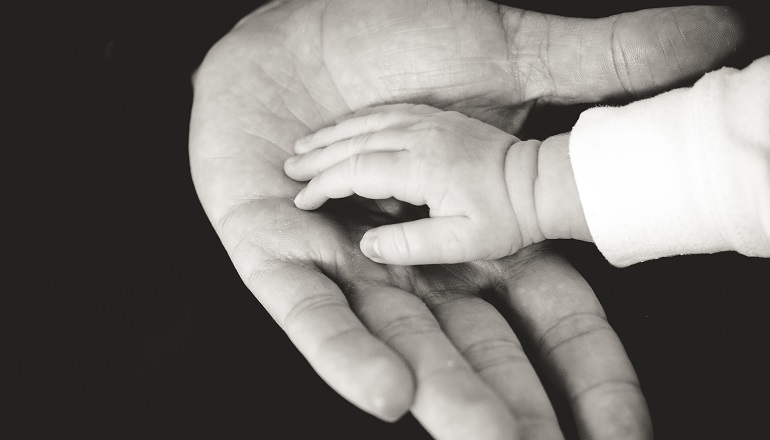Perhaps the time has come for us to stop using the term “open adoption.”
When the idea of open adoption first challenged traditional, closed adoption, two decades ago, the distinction made sense: “open” vs. “closed,” though both terms were controversial. Traditionalists did not like having their way of adoption called “closed,” whereas “open” evoked hippies and open marriage. Nevertheless, the terms roughly defined the two conflicting views.
Today, there are few completely closed adoptions anywhere in the U.S. There is even a trend toward openness in international adoption. More important, practices that once set open adoption apart are little by little being embraced by all types of adoption. What was once called “open” adoption can simply be called “adoption.”
There have been fundamental changes in thinking about who should make the decisions in voluntary adoptions. Previously, birth parents were thought of as immature—or worse—for having “gotten themselves” into a difficult situation. And sometimes, adoptive parents were looked down on for turning to adoption, although this feeling was rarely made explicit. Because both parties were seen as in need of “help and guidance” in varying degrees, social workers were actively involved in all important decision-making.
Today we see things differently. Prospective adoptive parents are, more often than not, healthy women and men who happen to experience infertility or want to adopt for other reasons. They are as qualified to be parents as anyone. The courage of birth parents in trouble is clear, as is their intense love for their children.
Accordingly, it makes sense to give control over the adoption to those directly affected: the adoptive parents and the birth parents. In today’s adoptions, prospective parents frequently participate in choosing the birth parents with whom they will work. Birth parents are commonly involved in deciding who adopts their child, and, in fact, many birth parents will not work with an agency that denies them this opportunity.
In this context, many practices associated with traditional adoption now seem odd and outdated. Most parents would not even feel comfortable choosing a babysitter for their child without meeting him or her. Why should they agree to an adoption without meeting the adoptive parents? An extraordinarily close relationship often develops between adoptive parents and birth parents during the adoption process. Given this powerful connection, some agencies’ continuing requirement that adoptive parent-birth parent contact take place only through a third party seems silly, if not downright obstructive.
Decades ago, those of us who were pushing for greater openness in adoption were in favor of the term “normalized” adoption, not the more incendiary “open.” Although “normalized” is not in use, it seems more and more apt a description with each passing year. Decision-making by the adoptive and birth parents now seems only fair and just. In nearly all of the infant adoptions within the U.S. today, there is some degree of contact between birth parents and adoptive parents. And openness has even begun to permeate adoptions from foster care and international adoption programs, both traditionally “closed.”
In short, practices that were once the sole province of open adoption are becoming the norm. We are fast approaching the day when there will be no need for the term “open adoption.” “Adoption” will say it all.

